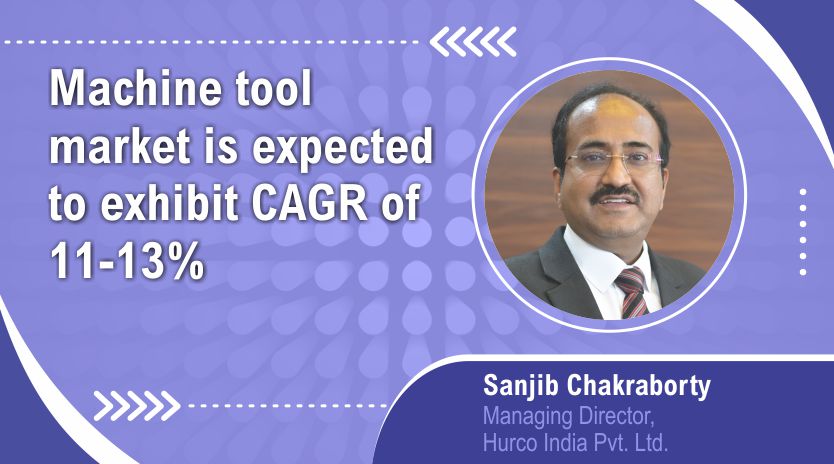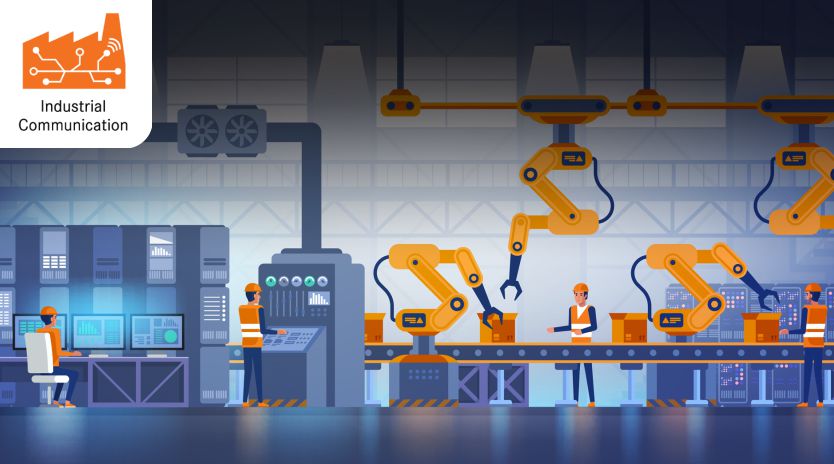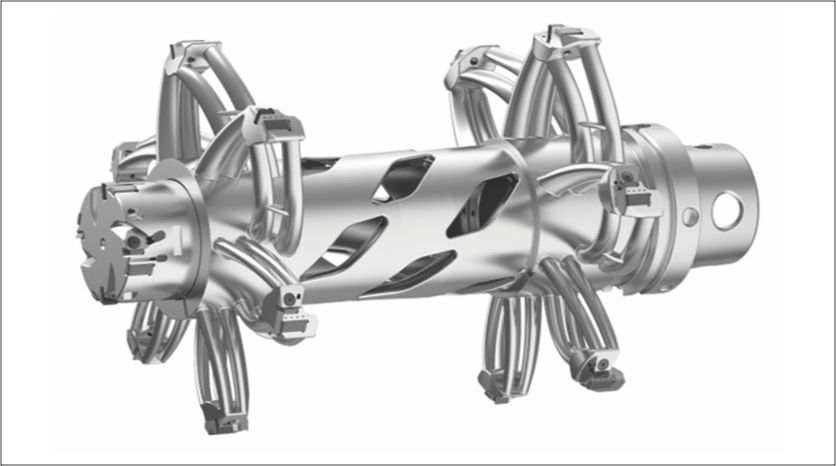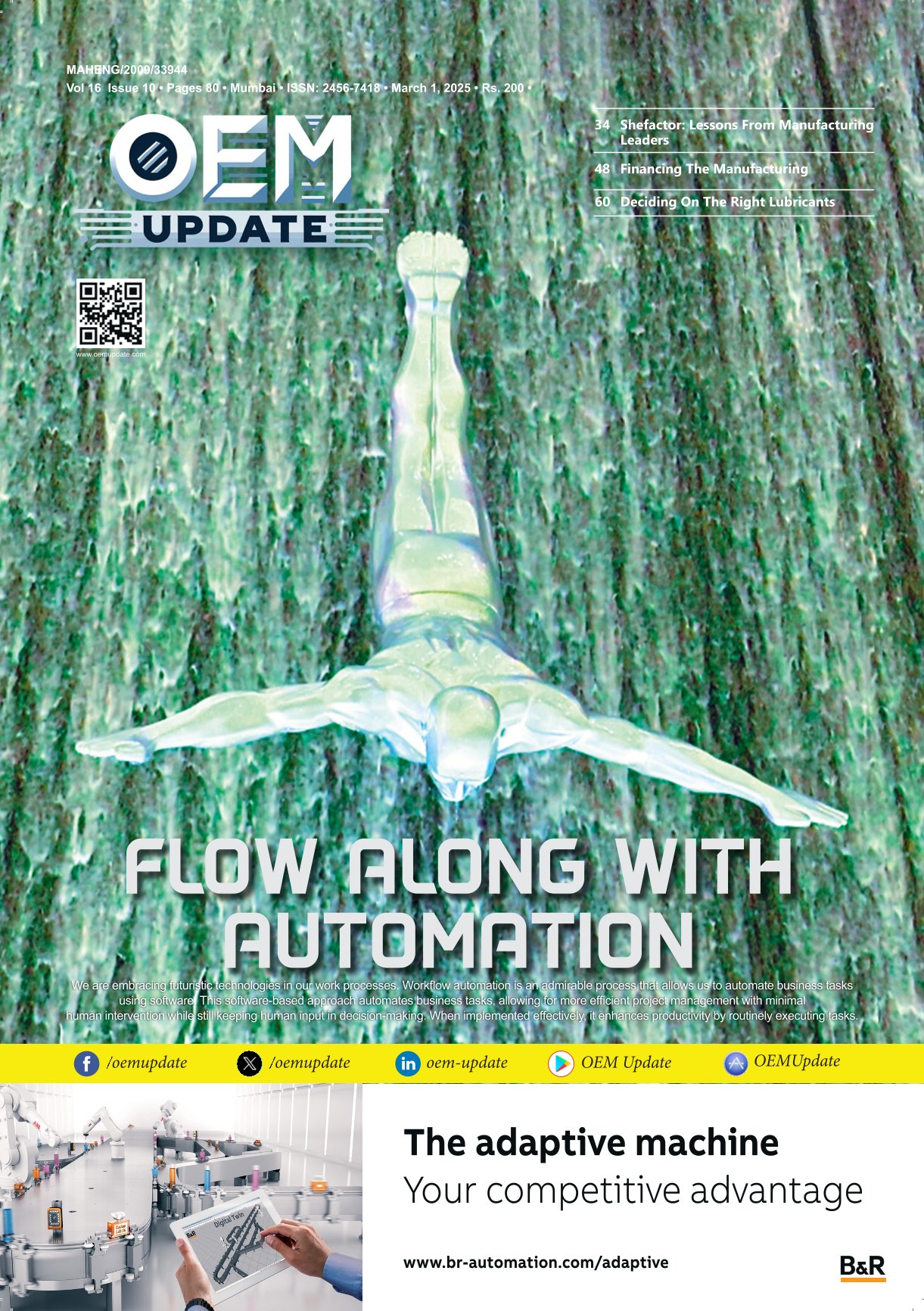Smart factory technology to iron out manufacturing inefficiencies
June 10, 2020 1:25 pm
Though the idea and concept of the Connected Enterprise hasn’t been completely implemented by industries, OEMs have made huge strides towards adopting them.
At Inovance, we see smart factory technology as synonymous with the Industrial Internet of Things/Industry 4.0 (IIoT/I4.0), says Venkatesh Ponnambalam, Strategic Marketing Manager – Inovance Technology India, in an interaction with OEM Update. He further talks about their IIoT vision that encompasses connected factories wherein machines, employees, components, and manufacturing processes, among others, are constantly connected with the cloud system, which further allows managers to optimise improved operations.
How has your company’s journey been in the adoption of smart factories?
As an industrial automation supplier, Inovance has engineered a deep integration of automation hardware and software technology into the core of its offering. We supply end-to-end smart factory solutions covering the sending, transmission, support, and application layers.
For example, one of our latest products — the IS810N multi-axes servo drive platform, which will very shortly be available in India — enables remote service and maintenance via an Ethernet port with Modbus TCP/IP protocol. This means that OEMs can be constantly connected to their machines after they have been installed in factories. Enabling remote diagnostics and service in this fashion allows for rapid maintenance at a reduced cost to the end user. Also, our AC800 series high-performance motion controllers provide an OPC UA communication protocol for machine data transmission to the cloud, which can be remotely monitored and analysed on demand.
What kind of steps do companies, including MSMEs, need to take for the adoption of smart factories?
Micro, small, and medium enterprises (MSMEs) are an interesting case when it comes to the adoption of smart factory technology. That’s because, compared to larger companies, MSMEs are often labour-intensive and, while they always strive for better efficiency, many managers at such businesses may have less awareness about the advantages of smart factory technology, and thus often don’t see it as a priority. This needs to change.
Smart factory technology is designed to iron out inefficiencies in manufacturing processes. This can help small companies to be more consistent and efficient, meaning that they often actually have more scope to use smart factory solutions to improve their processes. Meanwhile, the core of smart factory technology is smart sensors and cloud computing capability. This is now built into many machines and components. The first step for small manufacturers is to talk to your OEMs. Are they using IIoT-enabled components? If so, are they taking full advantage of these capabilities?
How have machine learning (ML), artificial intelligence (AI), robotics, automation and big data been implemented by OEMs to move towards a Connected Enterprise?
Well, I would not say that the Connected Enterprise has been fully implemented by anybody yet, but I think OEMs have made huge strides at adopting this technology. For example, there is no doubt that more and more OEMs are implementing the smart sensor capability of advanced components such as variable speed drives, allowing them to harvest data from, and maintain 24/7 monitoring of their machines when they are installed at end users.
For OEMs, the challenge is learning to leverage this key technology, and learning to use the full capabilities of advanced components such as high accuracy drives and motors, and high-speed processing and networking motion controllers/IPCs. And the best way to do that is to talk to the solution provider who can understand and anticipate their needs.
What are the challenges faced by OEMs while transitioning towards smart factories?
I think one of the major concerns of end users who are considering smart factory technology is cybersecurity. Factory managers are worried that if their machines are hooked up to the cloud, they will be susceptible to hackers. They are also concerned about data ownership if data is sent back to OEMs or component vendors. This is a tough challenge for OEMs because their expertise tends to lie in building machinery, rather than in managing IT systems. Ultimately, OEMs need to ensure they can access the IT talent they need to address these concerns. There’s no stopping smart factory technology, and the successful OEMs of tomorrow will be those that embrace it today.
What kind of technological advancements can we expect with respect to smart manufacturing in the coming years?
The possibilities are endless, but in my view one of the most important will be predictive maintenance. Predictive maintenance — which is the proactive monitoring of machines and components to obtain advanced warning of impending failures that would otherwise cause unplanned downtime — has always existed to some degree. But the possibilities for it will be hugely enabled by smart factory technology which enables constant remote monitoring of individual machine components over the cloud.
Cookie Consent
We use cookies to personalize your experience. By continuing to visit this website you agree to our Terms & Conditions, Privacy Policy and Cookie Policy.


















 English
English Hindi
Hindi